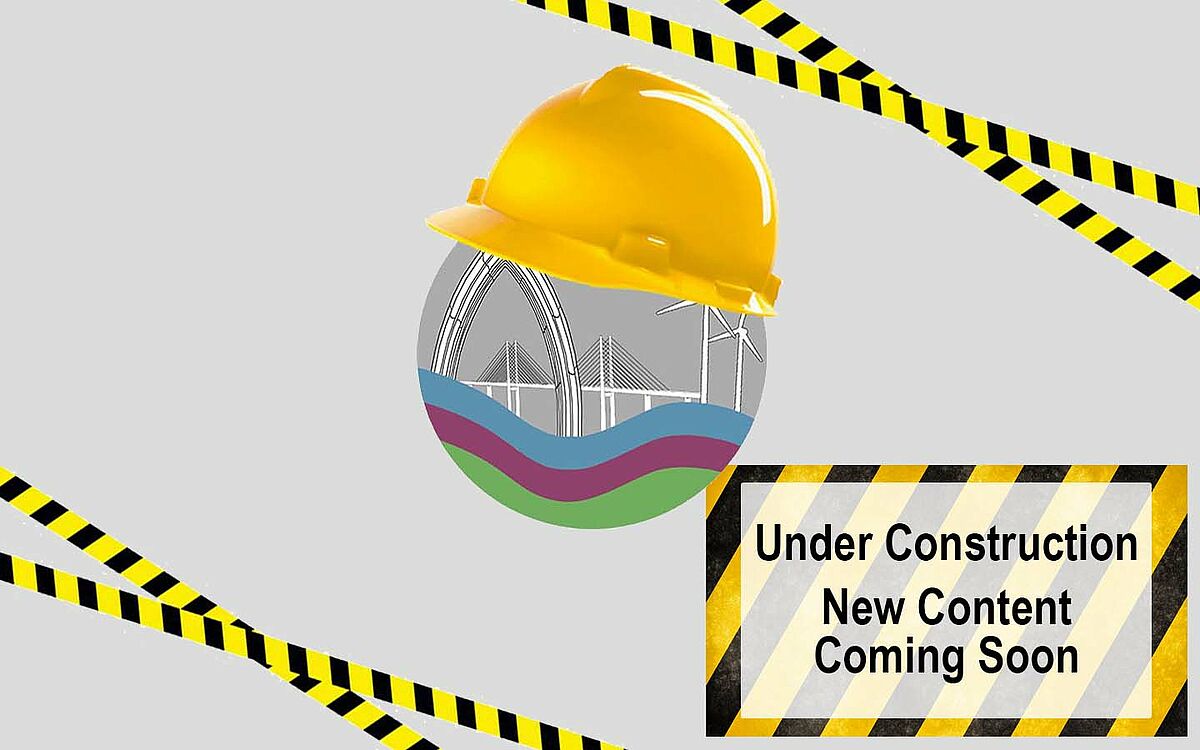
Monument topplings
People
Responsible: Prof. Dr. Cordelia Heß
Content
The destruction of monuments is currently omnipresent again, not only in academic discourse but also in the media around the world. Monuments usually represent an official historical narrative, often heroic but also conflicting. Therefore, the performative and visible confrontations when monuments fall trace ruptures of such narratives and collective memories, leading to a re-evaluation of history and cultural heritage.
Monuments are not synonyms of cultural heritage, but they are conceptually linked to its concept of preservation and safeguarding through monument preservation. Although the removal and represents a violent symbolic act of crisis management and/or reorientation of values–like monuments themselves–are to be understood as forms of memory monopolies of different actors. Collecting comparative performative practices with which monuments were destroyed, rededicated, vandalised or moved in the Baltic region in the 20th century up to the present day raises the question of how far the act of destruction, as a partly meaning-giving moment for the destroyers, contributes to a division and fragmented perception of heritage or the reconceptualization of the very notion of heritage? To what extent do such practices also represent transitions to new cultures of memory beyond monuments?
